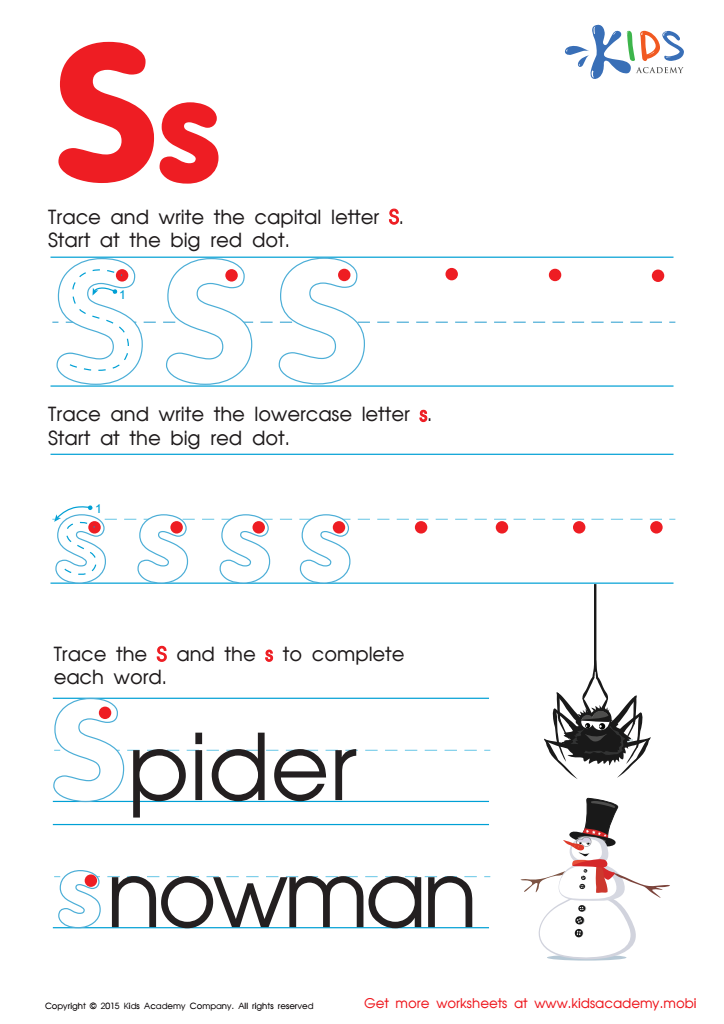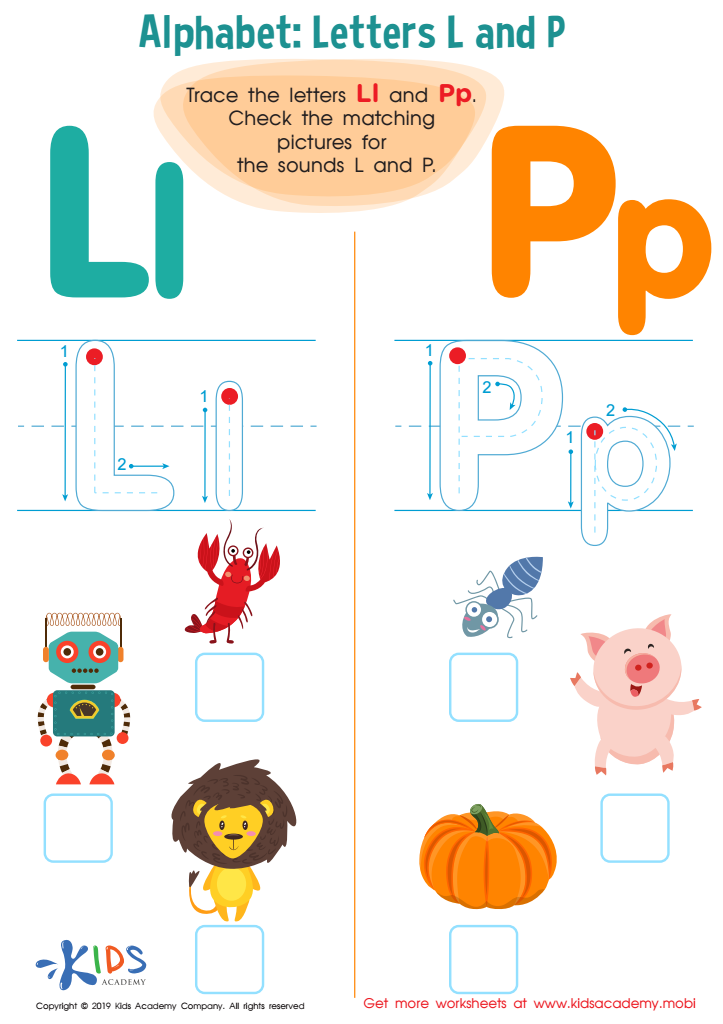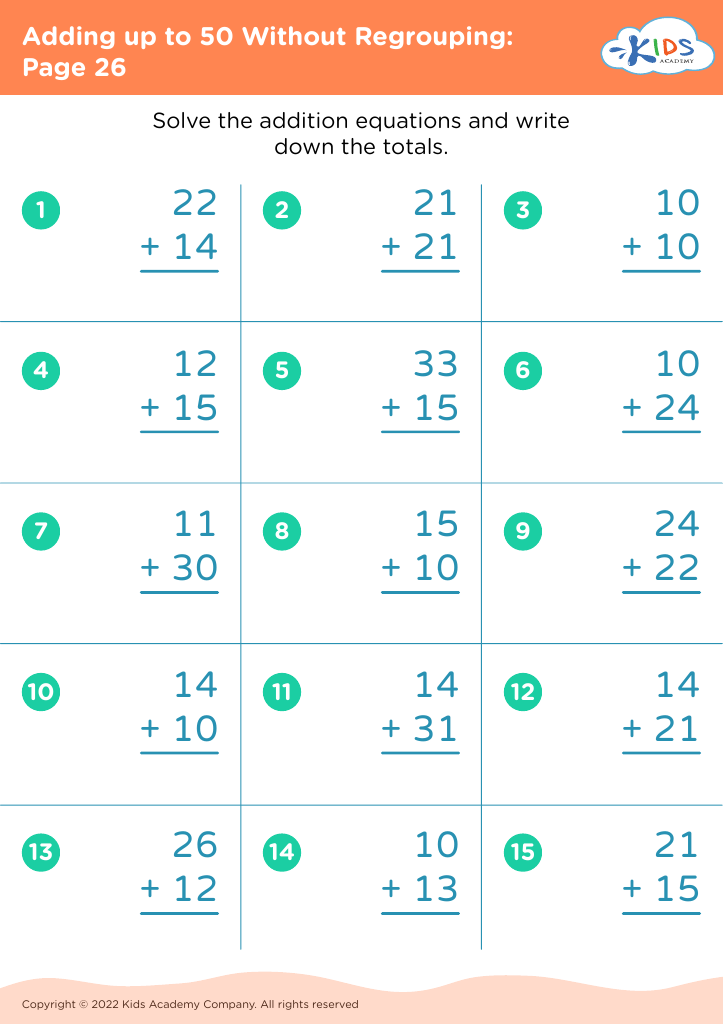Improve handwriting skills Worksheets for Ages 3-8
3 filtered results
-
From - To
Discover our effective and enjoyable worksheets designed specifically to improve handwriting skills for children aged 3-8. At Kids Academy, we offer a diverse range of activities to help your child develop essential fine motor skills, letter formation, and neatness. Our engaging printable worksheets make learning fun, fostering confidence in young learners. Each activity adapts to different handwriting skill levels, ensuring that every child can progress at their own pace. Boost your child's writing capabilities, enhance their school readiness, and build a solid foundation for future academic success with our expertly crafted handwriting improvement worksheets. Start your child’s handwriting journey today!


Letter S Tracing Page


Letter L and P Tracing Worksheet
Improving handwriting skills for children aged 3-8 is essential for several key reasons. First, handwriting is a foundational skill that supports academic success. Clear and legible writing enables children to better express their thoughts and complete school assignments effectively. This can lead to improved grades and self-confidence in their academic abilities.
Second, developing handwriting skills at an early age enhances fine motor skills and hand-eye coordination. Writing requires precise movements, helping young children build the dexterity they'll need for other tasks, such as buttoning clothes or using utensils independently.
Third, writing by hand encourages cognitive development and memory. The act of forming letters engages multiple areas of the brain, promoting better retention of information and facilitating more effective learning. This multisensory activity intertwines motor skills with cognition, fostering a holistic developmental process.
Lastly, neat handwriting reduces frustration for both the writer and the reader. When children can write legibly, they are less likely to become discouraged, which fosters a positive attitude toward schooling and learning. Teachers can assess students' understanding more accurately when they're not deciphering illegible text.
In summary, focusing on the improvement of handwriting skills for children aged 3-8 provides a foundation for academic success, enhances fine motor development, boosts cognitive growth, and reduces classroom frustration, creating a well-rounded and positive learning environment.

 Assign to the classroom
Assign to the classroom













